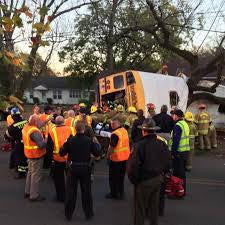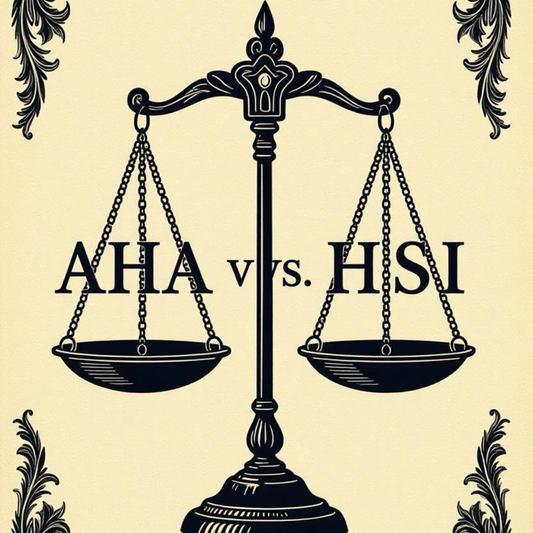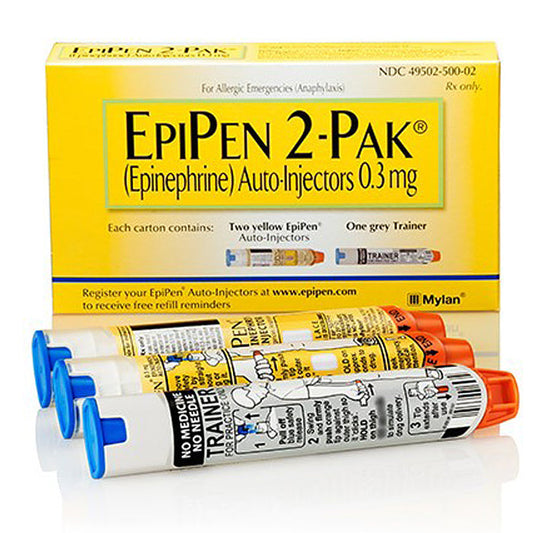
The Importance of Triage at a Multi-Victim Event
William BeauregardShare
In the aftermath of a multi-victim incident, it's critical to act quickly and efficiently to triage victims and provide the necessary medical attention. A triage system is a way of categorizing patients based on the severity of their injuries, and it's used to prioritize care and make the most efficient use of available resources.
The first step in triaging victims of a multi-victim incident is to assess the overall situation and ensure your own safety before approaching any victims. Once it's safe to do so, quickly survey the scene and identify any victims who require immediate attention. These victims are typically those who are unresponsive, not breathing, or bleeding heavily.
Next, you'll need to prioritize victims based on the severity of their injuries. The most common triage system used in mass casualty incidents is the Simple Triage and Rapid Treatment (START) system. This system involves evaluating victims based on four key criteria:
-
Respirations: Assess the victim's breathing. If they're not breathing, open their airway and begin rescue breathing. If they're breathing, move on to the next step.
-
Perfusion: Check the victim's pulse. If they don't have a pulse, begin CPR. If they have a pulse, move on to the next step.
-
Mental status: Assess the victim's level of consciousness. If they're unresponsive, move on to the next step. If they're conscious, move on to the next step.
-
Mobility: Check the victim's ability to move. If they can't move on their own, they're considered a priority victim and should receive immediate medical attention.
Based on these four criteria, victims are categorized into four color-coded categories:
- Red: Immediate (priority) victims who require immediate medical attention
- Yellow: Delayed victims who have injuries that require medical attention but are not life-threatening
- Green: Minor victims who have minor injuries that can be treated later
- Black: Deceased or expectant victims who are beyond help
Once victims have been categorized, they should be prioritized for medical attention based on their color code. Red victims should receive immediate medical attention, followed by yellow victims. Green victims can be treated later, and black victims should be left until all other victims have been treated.
It's important to note that the triage process can be emotionally difficult, and it's important to prioritize your own mental health and well-being as well. If you need to take a break or talk to someone, don't hesitate to do so.
In conclusion, triaging victims of a multi-victim incident is a critical process that requires quick thinking and efficient action. By following a triage system like the START system, you can prioritize care and make the most efficient use of available resources. Remember to prioritize your own safety and mental health as well, and seek help if needed.



